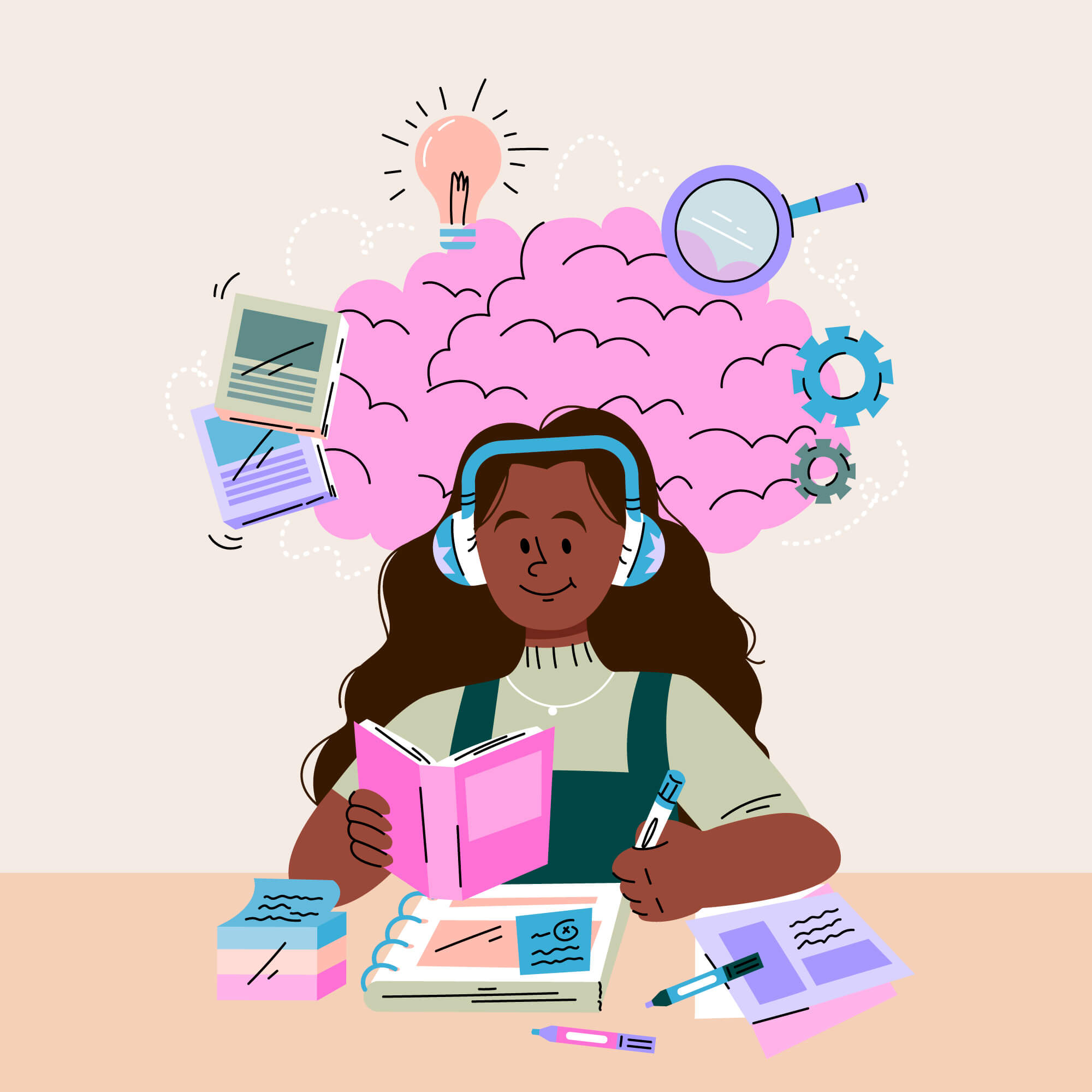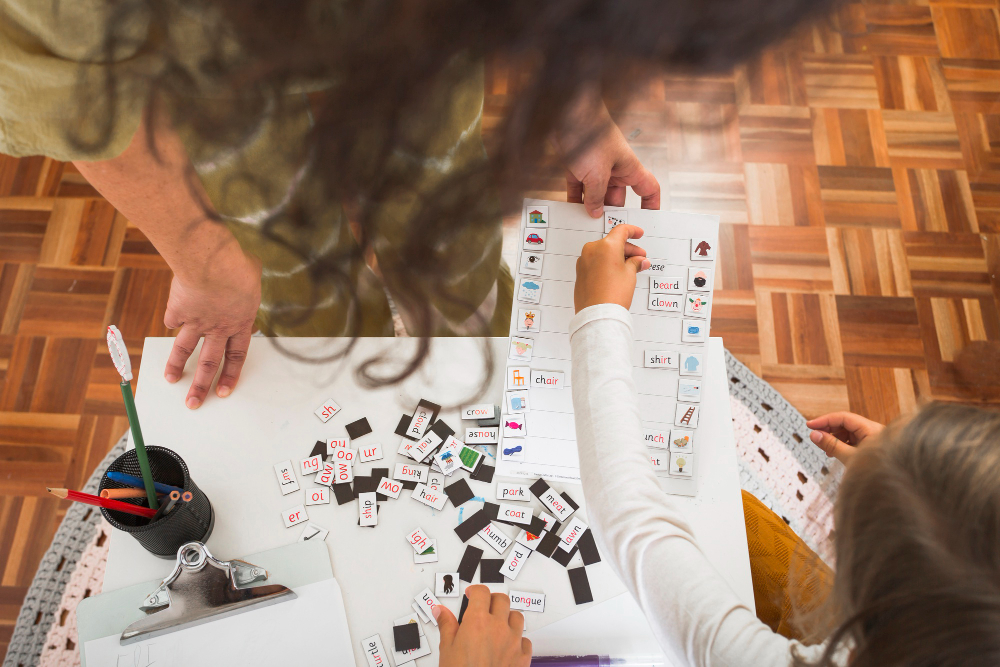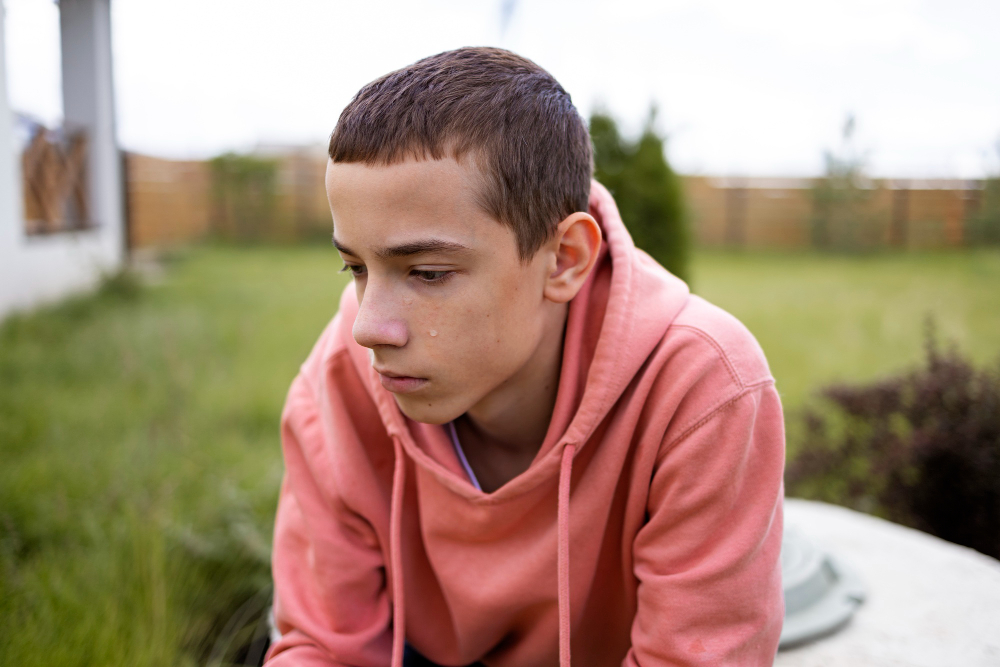In the space where families gather with school teams to shape a child’s Individual Education Plan, the language often carries more weight than paper can bear, for each phrase can open a door toward inclusion or quietly plant the seeds of exclusion, and the difference lies in whether the plan nourishes capacity or erodes it.
An IEP built on deficit-driven thinking can slip, almost imperceptibly, into proposals that do not strengthen the child’s footing but instead chip away at it, introducing goals or conditions that act as a slow dismantling of confidence, access, and joy in learning. These ideas often arrive dressed as benevolence, framed as preparation for independence or alignment with “real-world expectations,” yet their effect is to withdraw support before skills are secure, to reward masking over authenticity, and to treat access measures as indulgences rather than rights. Recognising these patterns does more than safeguard a single year’s progress; it protects the child’s long arc of identity, well-being, and capacity to thrive in environments that see them fully and without apology.
When the plan frames the problem as your child’s personality
1. The team describes your child’s learning needs in language that echoes character judgments—“lazy,” “immature,” “anxious,” “overly dependent”—as if the barrier resides in temperament rather than in the educational environment.
2. Suggested goals aim to alter your child’s core identity or natural ways of engaging, such as “will display a more positive attitude toward authority,” as if compliance is the measure of growth rather than authentic self-expression.
3. The plan proposes shaping your child into the “ideal student” rather than creating conditions where their authentic strengths and rhythms are honoured and harnessed toward meaningful learning.
When “independence” becomes abandonment
4. Independence is presented as a target divorced from readiness or emotional safety, with supports withdrawn prematurely so the child “learns to cope” or “builds tollerance,” even if this means increasing distress and reducing engagement.
5. The IEP includes phrases like “will complete tasks without adult assistance” without parallel commitments to teaching the underlying skills or ensuring that barriers to access are addressed first.
6. Opportunities for collaborative work or co-regulated learning are replaced with solitary tasks framed as growth, despite the child’s clear history of thriving in supportive social contexts.
-
IEP goals we actually believe in mostly (even though we wish they didn’t exist)
Let’s get this out of the way: we hate IEP goals !!!! If you’re a parent who hears the phrase “IEP goals” and feels your stomach drop, you’re not alone. Most of us have seen goals that are vague, punitive, performative, or downright…
When behaviour is treated as the curriculum
7. Academic goals are overshadowed by a disproportionate focus on “self-regulation” or “behavioural compliance,” with little attention to literacy, numeracy, or other substantive areas of learning.
8. Behavioural targets are defined in vague, immeasurable terms such as “will remain calm,” which position the child’s nervous system state as a performance rather than a genuine outcome of safety and skill development.
9. The plan suggests rewards or consequences that make access to learning contingent on perfect behaviour, embedding exclusion into the educational framework itself.
When supports are framed as privileges
10. Access measures such as extra time, assistive technology, or movement breaks are described as something the child “earns” rather than as rights necessary for equitable participation.
11. Essential accommodations are linked to conditional “good days,” disappearing when the child is overwhelmed or distressed—the very moments when they are most needed.
12. The IEP includes caveats that supports will be reduced if “progress is made,” equating progress with withdrawal of help rather than deepening of skill and security.
-
Why sticker charts fail
Sticker charts and other incentive-based systems promise to motivate children through tangible rewards, yet they too often undermine genuine engagement by teaching students to focus on external validation rather than on the inherent value of learning or participation. When a child’s behaviour is…
When the goals erase disability culture and identity
13. Social goals emphasise assimilation into dominant norms rather than mutual understanding, such as training the child to suppress stimming or mask their neurotype for the comfort of others.
14. Cultural or identity-affirming supports—such as connection to autistic mentors or alternative communication—are omitted, replaced by “normalisation” strategies that diminish authenticity.
15. There is no acknowledgement that the child’s way of moving, speaking, or processing is a legitimate form of human variation deserving of respect and integration into the school environment.
When the plan punishes access needs
16. The IEP embeds requirements that punish the child for expressing needs, such as “will request breaks less often” rather than ensuring that the learning space and schedule minimise distress triggers.
17. Breaks are shortened, removed, or heavily monitored under the guise of “encouraging stamina,” treating rest as a reward rather than an essential access measure.
18. The team links the child’s access requests to a lack of resilience, framing them as barriers to “real world preparation” instead of as reasonable adjustments.
When parent expertise is sidelined
19. Parent concerns are summarised in the meeting notes but translated into goals that contradict the core of what was expressed, creating a façade of collaboration without true alignment.
20. Professional opinions are presented as authoritative even when they are based on minimal direct observation, overriding the detailed, daily insights of the family.
21. The plan includes trial periods for accommodations that the child has used successfully for years, as if long-proven supports require re-justification.
-
The architecture of exclusion: how schools erase, silence, and wear down families
Schools are supposed to be spaces of inclusion and support—but for many families, especially those raising disabled or neurodivergent children, advocacy is met with a wall of politeness, professionalism, and performative listening that hides a deeper violence: rhetorical control. One of the most common tactics is tone policing: the redirection of attention from a parent’s concern […]
When “preparation for the future” becomes an excuse for harm
22. The team invokes future schooling or adult life as a reason to expose the child to stressful, unsupported situations now, framing this as “toughening up” rather than ensuring access to learning, e.g. lack of support in highschool is used as an excuse to justify removal of support in elementary.
23. Age-based milestones are imposed without adaptation for disability-related development patterns, disregarding the individual trajectory that could lead to thriving.
24. Vocational goals focus on low-expectation pathways without exploring higher-level opportunities, effectively pre-closing doors under the guise of realism.
25. The plan treats discomfort and distress as necessary training for life, conflating survival under duress with genuine preparation for independence and participation.
-
Debility versus disability: what the system cannot acknowledge
My son Robin took to bed two weeks before March break. He had been soldiering on through the aftermath of a school transfer the district assured us would help him, though his body told me otherwise from the first day he arrived. I’ve seen that kind of shutdown before—at camp, at birthday parties, in classrooms […]
Closing
These patterns are not slips of language or harmless shorthand; they are the textual architecture of exclusion, written into the very document meant to safeguard the child’s access to learning.
Disability justice demands that we name these architectures for what they are — instruments that can entrench inequity as easily as they can dismantle it — and that we refuse any framework in which support is conditional, identity is treated as a problem to solve, and interdependence is rebranded as weakness.
Neurodiversity affirmation insists that we centre the child’s authentic ways of moving, thinking, and feeling, not as quirks to be managed but as legitimate expressions of human variation deserving of celebration and integration.
Feminist critique reminds us that the burden of resisting these erasures often falls on women, mothers, and other caregivers whose advocacy is treated as interference, whose expertise is dismissed, and whose labour remains unacknowledged even as it sustains the possibility of justice.
To resist debilitating IEP language is to protect the child’s present and future, but it is also to disrupt the machinery of compliance that would have them shrink, hide, or harm themselves to survive. In refusing that frame, we make space for a different future — one in which the plan is a living document of access, solidarity, and the right to flourish without apology.












